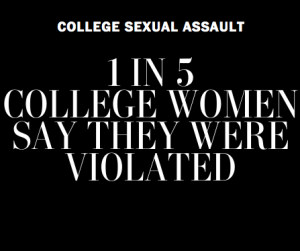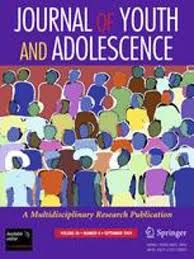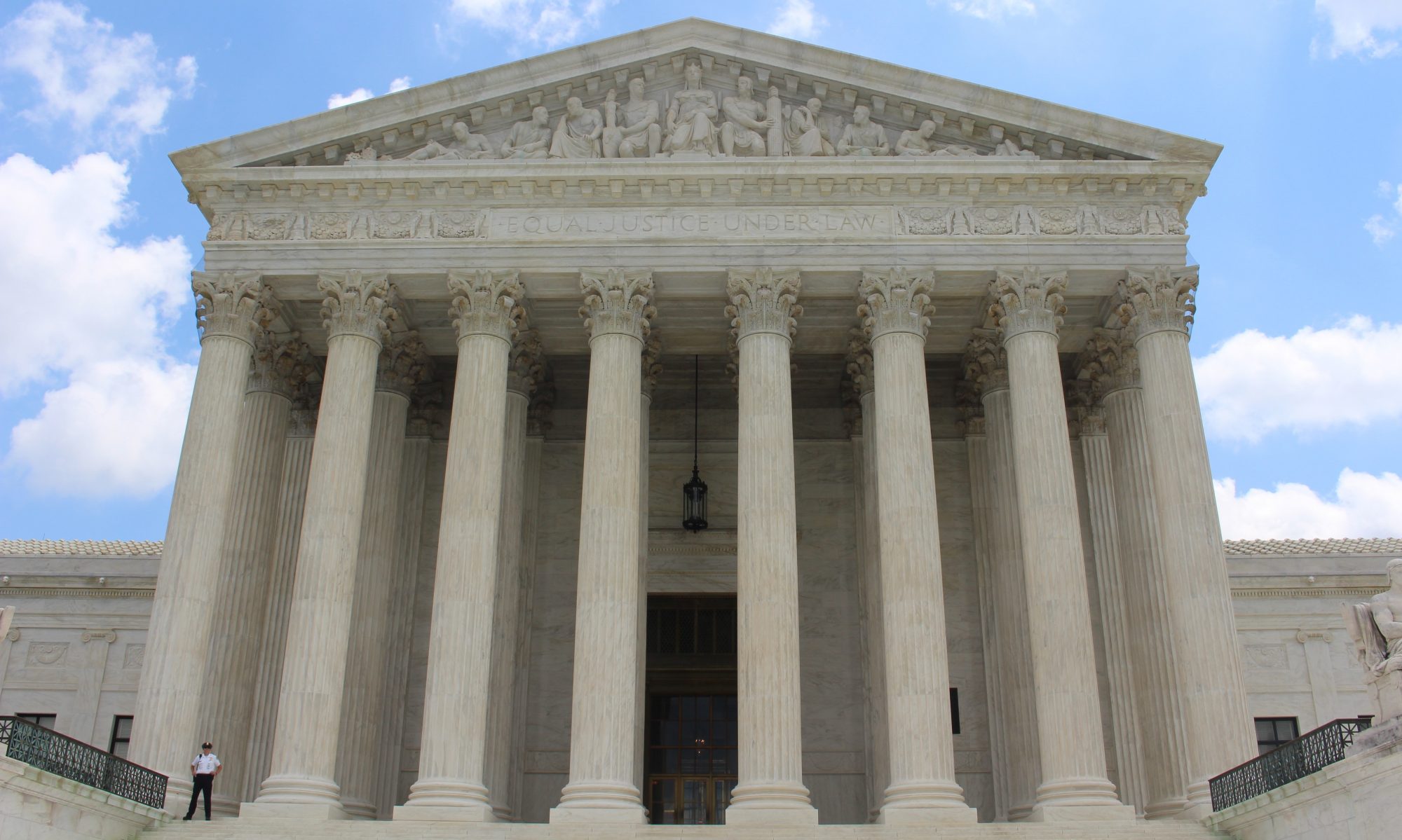Rigel C. Oliveri, Sexual Harassment of Low-Income Women in Housing: Pilot Study Results, 83 Mo. L. Rev. 597 (2018)
Griff Tester, An Intersectional Analysis of Sexual Harassment in Housing, 22 Gender & Soc’y 349 (2008)
David Cantor et al., AAUW/Westat, Report on the AAU Campus Climate Survey on Sexual Assault and Sexual Misconduct (Oct. 20, 2017)
“Members of the Association of American Universities (AAU) are working to combat sexual assault and misconduct on their campuses. As an association of research universities, AAU decided in 2014 that the best way to help its members address this issue was to develop and implement a scientific survey to better understand the attitudes and experiences of their students with respect to sexual assault and sexual misconduct. The survey’s primary goal was to provide participating institutions of higher education (IHEs) with information to inform their policies to prevent and respond to sexual assault and misconduct. In addition, members hoped that the survey would provide useful information to policymakers as well as make a significant contribution to the body of academic research on this complex issue.”
Nick Anderson & Scott Clement, 1 in 5 College Women Say They Were Violated, Wash. Post (June 12, 2015)

“The Washington Post and the Henry J. Kaiser Family Foundation teamed up to poll more than 1,000 people nationwide who have attended college within the past four years about sexual assault and campus culture. Post reporters then interviewed more than 50 women and men who responded that they had experienced unwanted sexual contact — or attempted or suspected sexual contact — while they were students. The series looks at the prevalence of sexual assault among college students and the factors that play a role in those assaults.”
Bianca DiJulio et al., Survey of current and Recent College Students on Sexual Assault, KFF Polling (June 12, 2015)
“This partnership poll from The Washington Post and the Kaiser Family Foundation examines the issue of sexual assault on college campuses by exploring the views and experiences of students ages 17 to 26 currently or recently enrolled in a four-year college or university who live on or near campus. The survey, one of the most comprehensive to date on the issue, explores students’ views of consent, effective prevention strategies, and school administrations’ handling of incidents, as well as provides new, nationally representative estimates of the share who say they were sexually assaulted during college.”
Amy Young, Melissa Grey, & Carol J. Boyd, Adolescents’ Experiences of Sexual Assault by Peers: Prevalence and Victimization Occurring Within and Outside of School, J. Youth Adolescence 1072 (2008)

“This study examined adolescent peer-on-peer sexual assault victimization occurring within and outside school. The sample consisted of 1,086 7th through 12th grade students, with a mean age of 15. Most of the respondents were White (54%) or Black (45%), and approximately half of respondents were female (54%). A modified version of the Sexual Experiences Survey was used to assess opposite sex sexual victimization in 7th through 12th grade students. Rates of peer sexual assault were high, ranging from 26% of high school boys to 51% of high school girls. School was the most common location of peer sexual victimization. Characteristics of assault varied by location, including type of victimization, victims’ grade level, relationship to the perpetrator, type of coercion, and how upsetting the assault was. Distinctions between sexual assault occurring in and out of school are conceptualized with literature on developmental changes in heterosexual relationships and aggression.”
Without My Consent
Without My Consent is an organization fighting against online harassment. They maintain a state law data base and conduct a survey about online harassment.
PEW Research Center Online Harassment Survey, 2017
This PEW survey shows that two-thirds of young adults aged 18-29 have been subject to some type of online sexual harassment, and this behavior disproportionately targets women, people of color, LGBTQ individuals, and those with disabilities.
2017 National School Climate Survey by GLSEN
2017 National School Climate Survey report includes information on LGBTQ middle and high school students’ experiences, including:
- Hearing biased language, from both students and educators
- Experiences of harassment and assault
- Anti-LGBTQ discrimination
- Effects of a hostile school climate on educational outcomes and psychological well-being
- The availability and utility of supportive school resources
This report also examines demographic and school differences in students’ experiences, as well as changes in school climate over time. In addition, for the first time, this installment of GLSEN’s National School Climate Survey also includes insights on LGBTQ-inclusive sex education, student activism, parent advocacy, experiences of LGBTQ students with disabilities, and experiences of LGBTQ immigrant students.
